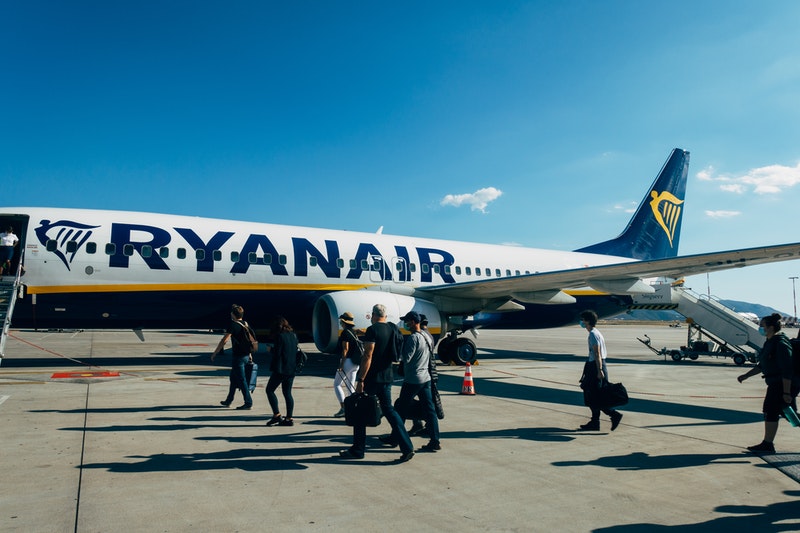How To Pack An Extra-large Suitcase Without Going Over The Limit

Packing an XXL suitcase without overpacking requires smart organisation and efficient packing techniques. Instead of simply tossing items into your bag, it’s crucial to strategically select and pack your belongings to stay within airline weight limits.
Selecting the Right Suitcase and Making a Packing List
Begin by choosing a lightweight XXL suitcase, which provides ample space without adding unnecessary weight. Making a detailed packing list is essential; only include necessary items and avoid packing items that can be easily purchased at your destination. Use efficient packing techniques like rolling clothes and utilising packing cubes to maximise space.
Packing Strategies and Organisation
Packing an extra-large suitcase also requires mindful organisation. Utilise every inch of space by filling shoes with small items and placing heavier items at the bottom. These strategies will ensure everything fits neatly and help you avoid costly overweight fees while keeping your belongings organised.
Key Takeaways
- Smart organisation and efficient techniques are essential.
- Packing lists help prevent overpacking and manage limited space.
Preparing Your Packing List
To efficiently pack for a month-long trip and avoid exceeding weight limits, it’s crucial to determine essentials based on your destination and itinerary, select versatile clothing options, and prioritise travel essentials and toiletries.
Determining Essentials Based on Destination and Itinerary
Understanding the specifics of your destination and daily activities is the first step in organising your packing list. Consider the climate and season of the location. For example, pack layers for a varied climate or swimwear for tropical destinations. Your itinerary will also dictate specific needs, such as hiking gear for mountainous regions or formal attire for business trips.
Prioritise items that serve multiple purposes and align with planned activities. For instance, a lightweight jacket that can double as rain protection. Research any unique factors about your destination that might affect what you need to bring.
Choosing Versatile Clothing Options
Selecting versatile clothing ensures you remain within weight limits. Focus on items that can mix and match to create multiple outfits. Consider neutral colour palettes for ease of pairing. Layering is effective; lightweight shirts and sweaters can adapt to various temperatures.
Opt for fabrics that resist wrinkles and are easy to wash, providing practicality and maintenance ease. Packing cubes can help keep things organised and save space. Rolling clothes before placing them in the suitcase is another technique that minimises wrinkles and maximises room.
Prioritising Travel Essentials and Toiletries
Essential documents like passports, identification, and itinerary copies should be packed first. Store them in a separate, accessible compartment. Electronic devices and chargers are crucial, along with travel-size toiletries, which should be packed according to TSA guidelines.
Use a clear, TSA-approved toiletry bag for security ease. Consider packing a mini first-aid kit with basic medications and toiletries for emergencies. Travel essentials such as a universal adapter, reusable water bottle, and snacks can significantly enhance comfort and convenience on long trips.
Packing Techniques and Organisation
Efficient packing for a month-long trip involves strategic use of space and careful organisation. By using packing cubes, compression strategies, and thoughtful layering, it’s possible to fit all necessary items into an extra-large suitcase without exceeding weight limits.
Maximising Space with Packing Cubes and Compression Strategies
Packing cubes and compression packing cubes are invaluable for keeping items organised and reducing bulk. These small, zippered fabric containers can group similar items, such as shirts or underwear, simplifying the process of finding what you need quickly. Compression packing cubes go further by pressing out excess air, minimising space and allowing more items to fit within the same volume.
To use compression packing cubes effectively, place your folded or rolled clothes into the cube and zip it up. Then use the secondary zipper to compress items further. This doubles the available space and helps keep everything compact in your suitcase.
Clothing Folding and Rolling Techniques
Choosing between rolling and folding clothes can make a significant difference in space utilisation. For thin items like t-shirts, pyjamas, and underwear, rolling is often the best method. This not only saves space but also helps to reduce wrinkles.
Thicker garments such as jeans and sweaters may be better folded to avoid creating bulk. Rolling vs. folding should be determined by the type and thickness of the fabric. Rolled items can be tucked into packing cubes, while folded items should be placed neatly at the bottom layer of the suitcase.
Layering and Organising Items Strategically in Compartments
Layering is crucial for effective suitcase organisation. Start by placing heavier items, like shoes or toiletries, at the bottom. Shoes can be filled with smaller items like socks to use every inch of space. Utilising a shower cap or plastic bag to encase dirty shoes prevents grime from spreading.
Layer lighter items over these bulkier ones, making sure to use any suitcase compartments for better organisation. For example, side compartments can hold electronic accessories or small toiletries. This method ensures that heavier items don’t crush lighter, more delicate belongings during travel.
By thoughtfully arranging items and using compartments smartly, travellers can maximise space and maintain an organised suitcase throughout their journey.
Conclusion
Packing an extra-large suitcase for a month-long trip without exceeding weight limits requires strategic planning. Using packing cubes, rolling clothes, and prioritising essential items can save space and weight. Opting for lightweight, multipurpose clothing and accessories is also crucial. Adopting these tips ensures an efficient packing experience, helping travellers stay within weight restrictions while keeping all necessities at hand.





